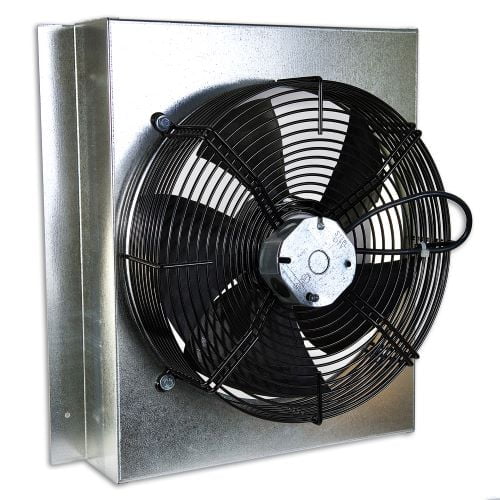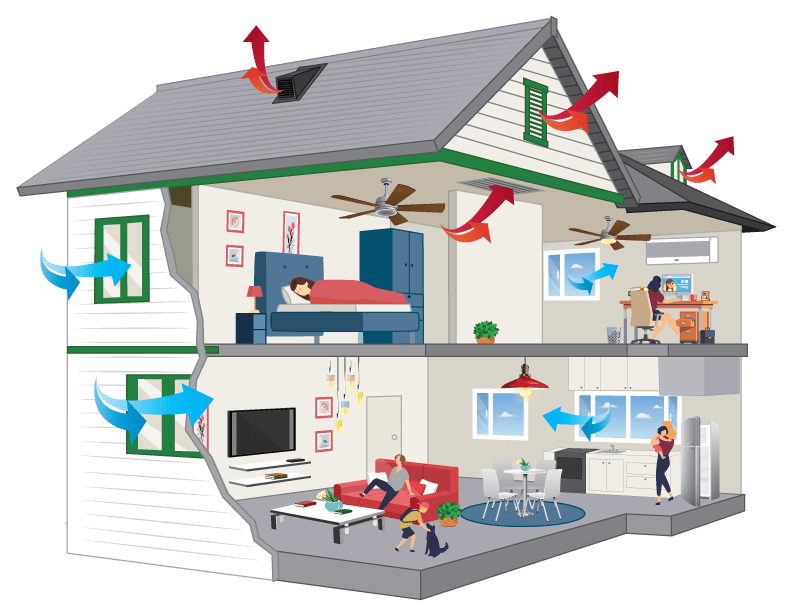What is the return on investment for a whole house fan?
A whole house fan can be a cost-effective solution for reducing energy consumption and maintaining a comfortable indoor environment during the warmer months. However, homeowners may be hesitant to invest without knowing the potential return on investment for a whole house fan. The ROI for a whole house fan can vary depending on a number of factors, including the cost of the fan and installation, the energy savings it can provide, and the climate of the area. Learn more about whole house fan savings below.
A whole house fan can provide a significant energy cost savings during the warmer months of the year, by reducing the need for air conditioning. The energy savings can be significant, especially in areas where air conditioning is used frequently. The initial cost of a whole house fan can range from a few hundred dollars to a few thousand dollars, depending on the size and features of the fan.
Assuming an average cost of $2,400 for the fan and installation, and energy savings of $400 per year, the return on investment for a whole house fan would be about 17% per year. This means that it would take approximately six years for the energy savings to pay for the cost of the fan and installation. However, the ROI could be higher or lower depending on the specific circumstances.
It’s important to note that ROI is just one factor to consider when deciding whether to install a whole house fan. Other factors to consider include the climate of the area, the size of the home, and the homeowner’s energy usage patterns. Additionally, a whole house fan may not be effective in humid or climates that remain hot at night, so it’s important to consider whether it is a good fit for the specific location.






